Open banking is a system that enables the sharing of customer data between financial institutions and third-party providers. This model was developed to increase transparency in financial services, improve customer experience, and foster innovation. Open banking allows for secure sharing and management of customer data, enabling individuals and businesses to control their financial information more effectively.
How Does Open Banking Work?
At the core of open banking are APIs (Application Programming Interfaces). APIs allow banks and other financial institutions to share customer data securely and in a controlled manner with third-party applications. This enables customers to access financial services outside their banks. For example, personal finance management apps, investment platforms, and credit assessment services can offer personalized services to customers based on data received from banks through APIs.
Data sharing processes are carried out with the explicit consent of the customer. Customers can control which data is shared and who has access to it. Customer approval and data access permissions are crucial in this process. Customers can revoke data sharing permissions at any time and continue to use financial services with the assurance that their data is secure.
Security of Financial Data
In open banking, the security of financial data is a top priority. Banks and third-party providers use advanced security protocols and encryption techniques to protect customer data. These security measures ensure that data is protected against unauthorized access. User authorization and access controls also play a significant role. These controls ensure that only authorized individuals and applications can access customer data.
International standards and regulations for data security and privacy are also considered. Banks and financial institutions comply with legal regulations to ensure the protection of customer data. This allows customers to use open banking services with the confidence that their financial data is secure.
Customer Rights and Control
In open banking systems, customers have full control over their data. Data sharing approval and revocation are entirely at the customer’s discretion. Customers can decide which data is shared and with whom. This is crucial for customer privacy and rights.
Customer privacy is one of the cornerstones of open banking. Customers can be assured that their data will only be shared under the conditions they approve and in accordance with the terms they set. Additionally, customers are informed about how their data will be used and protected by third parties. This transparency increases customer trust and strengthens confidence in the open banking system.
Applications of Open Banking
Open banking has a wide range of applications. Personal finance management is one such area. Customers can use various personal finance apps to manage their financial situation better. These apps assist with income and expense tracking, budgeting, and savings planning.
Corporate finance and business solutions are also important applications of open banking. Businesses can leverage open banking services to make their financial transactions more efficient. For example, accounting software and business management systems can integrate with banks to automatically update financial data. This speeds up financial processes and increases efficiency.
Investment and savings management is another innovation offered by open banking. Customers can more easily reach their financial goals through investment platforms and savings apps. These platforms help customers invest, perform risk analyses, and create savings plans.
Open banking is creating a major transformation in the financial world. It provides customers with more control over their data while creating a more transparent and secure environment for data sharing between banks and third-party providers. This enhances innovation and customer experience in financial services. Open banking is expected to become more widespread and user-friendly with advancements in technology in the future.

